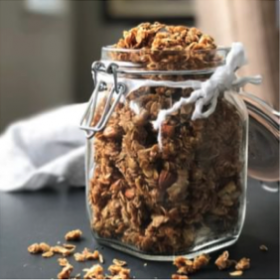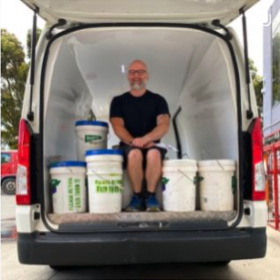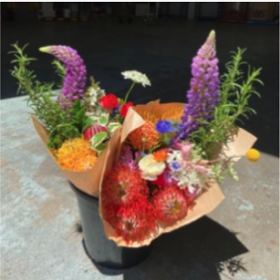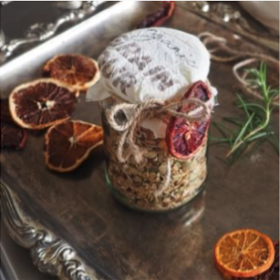Much has been written about the benefits of probiotics on the human microbiome – but there’s always been one nagging question – does the good bacteria in yoghurt, kefir, kimchi, kombucha and sauerkraut, survive the hostile world of our digestive systems to make it to the probiotic promised land of our lower intestines? For this is beneficial bacteria’s greatest survival challenge – the terrain between our mouths and our colons is an unrelenting and torturous obstacle course – an odyssey as gruelling as Robyn Davidson’s solo 2700 km Alice Springs to Indian ocean journey by camel.
To break the trip down our probiotic bacteria must survive being mashed and saliva’d in our mouths before plunging down the oesophagus into our highly acidic, unfriendly-enzyme-filled stomachs and if they survive this there’s another bile-filled, enzymatic test to pass in our small intestine. before they reach colon safety. Most beneficial bacteria die in the stomach but studies of human stool (what wouldn’t you give not to have that job?) reveal colonies of bacteria from yoghurt and kimchi surviving our digestive systems to become either transient or permanent contributing members of our microbiomes.
The key, according to studies, is numbers, similar to a herd of wildebeest crossing an alligator infested river– if there’s only a couple of you, there’s not much hope, but if there are millions then your chances of survival go up considerably. The take away from this dovetails nicely with the eating habits of many of the world’s longest-lived peoples – i.e. always have a pickle handy and don’t be shy on seconds.



